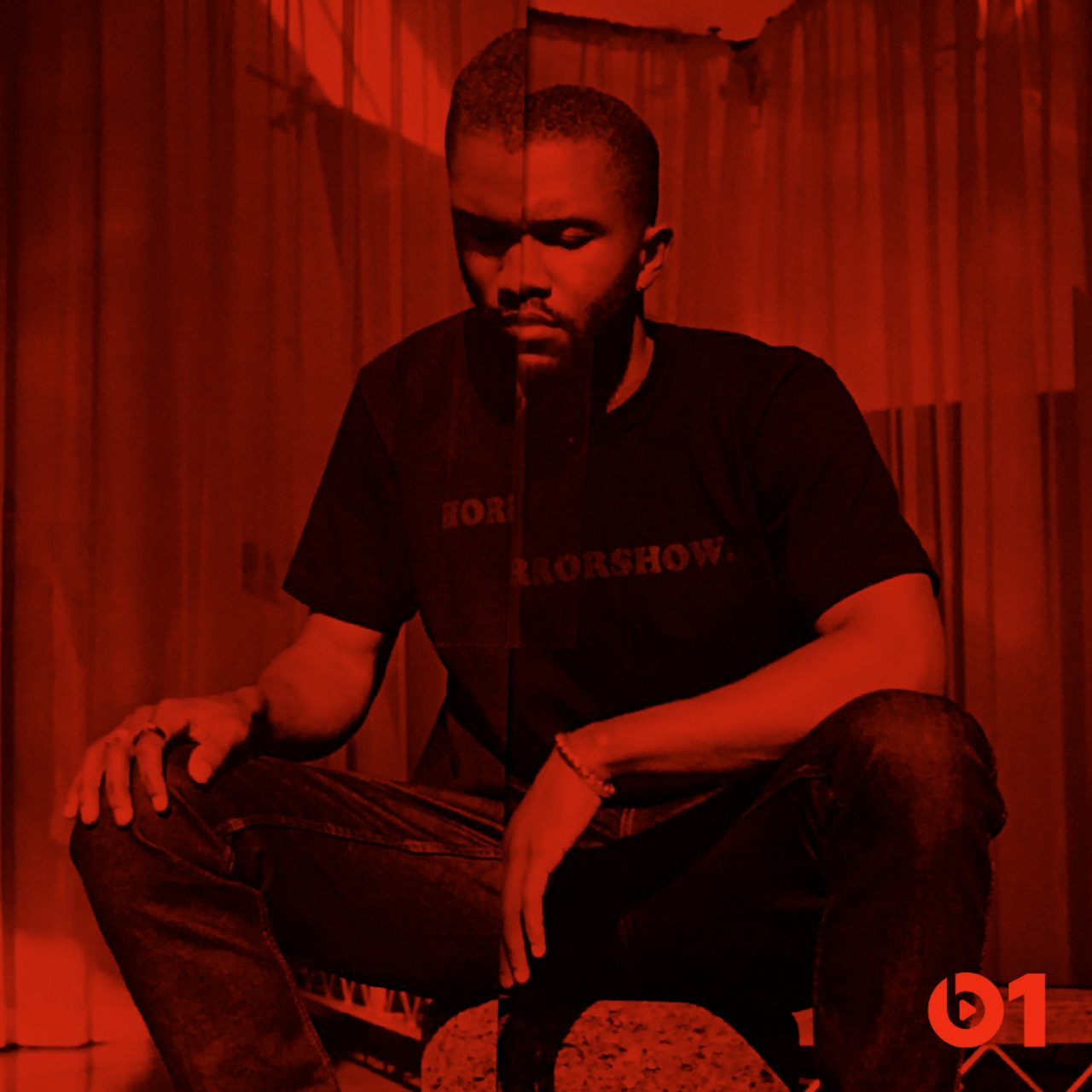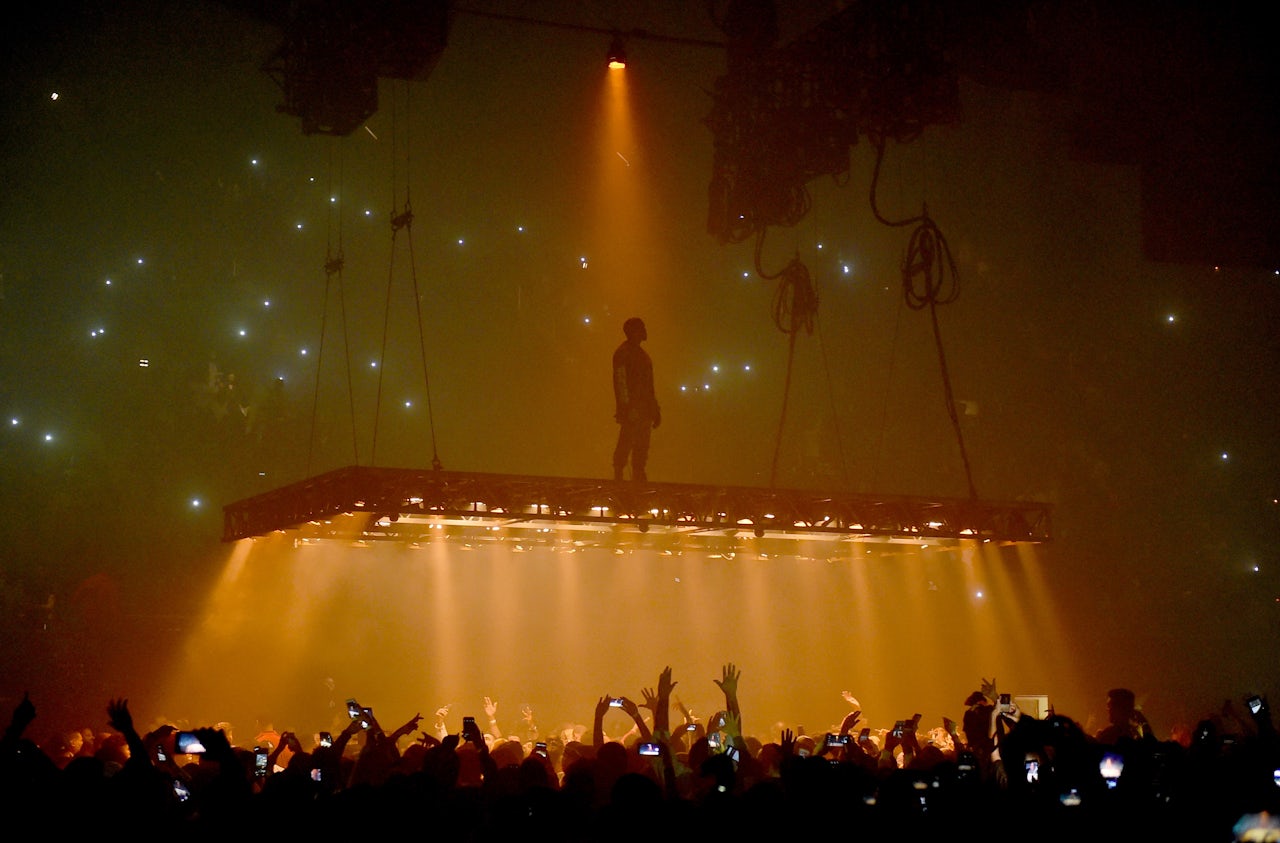In a 2009 interview with Paste magazine, the singer-songwriter Sufjan Stevens expressed a burgeoning anxiety, one that extended across the music industry. “Why do people make albums anymore when we just download?” he asked. “They’re based on the record, vinyl, the CD, and these forms are antiquated now. So can’t an album be eternity, or can’t it be five minutes? I no longer really have faith in the album anymore. I no longer have faith in the song.” Spotify was a nascent service then, and Jimmy Iovine was still primarily focused on headphones, but the sentiment reflected an obvious shift in how fans consumed music. Nearly a decade after Napster and the subsequent RIAA crackdown on illegal downloads, the music industry was at a crossroads, unable to efficiently tap into technological changes affecting distribution and consumption, and equally incapable of anticipating how fans’ habits would evolve. For artists, the anxiety was partly existential. Aside from income streams drying up, the landscape of their work was changing. If kids were listening to songs on mobile devices and bouncing among thousands of albums at whim, what did that mean for the actual music?
“Why do people make albums anymore when we just download?”
Today, digital downloads and streaming make up the majority of the music industry’s revenue, and many artists are full-service media properties, collaborating with brands, developing merch, and making short films. This shift feels less like a destination for the music industry writ large and more like a comfortable resting place. Disputes still rage between musicians and streaming providers over how much artist royalties should be, and the streaming market in general remains as fractured as ever, with the big three — Google, Apple, and Spotify — all vying for dominance. The album format that Stevens lamented in 2009 has also experienced something of a transformation. Beyoncé released her critically acclaimed album Lemonade as a live TV event, and 2016 saw a boom in the “statement” album, big ambitious works from artists like Drake, Kanye West, and Rae Sremmurd that harnessed the power of social media to dominate the conversation. All the while, physical album sales remain in rapid decline (despite a blip of hope in the vinyl industry). And while fans are streaming more music than ever, the math that translates single-track streams to album sales would suggest an overall devaluing of the song as we know it. An “album-equivalent unit” — that is, the amount of streams it takes to equal one album purchased — simply means that a listener streamed at least six songs from an album. If you’re an artist, it’s easy to wonder what the point of making a 17-track opus is if kids are only going to download their favorite tracks.
But with new technology come new languages to express yourself. Perhaps thanks to the fact that they are better equipped to evaluate listener habits, streaming platforms like Apple Music, Spotify, and Tidal are actively shifting the paradigm in the way fans and artists approach music. The playlist, which exists on these platforms as exclusively curated sets of music from popular artists, has evolved from the old days of crudely aggregated tracks that belonged to a specific genre or amorphous “mood.” Now, as part of an effort to differentiate their offerings, streaming providers are giving fans a chance to listen to the music that inspires their favorite artists. It is a more intimate way to engage with a musician. More than just listening to the songs they make, fans can catch a glimpse into the types of songs they like.
The audience received a glimpse into Frank’s taste.
On Friday, Frank Ocean premiered a new single, “Chanel,” at the end of his Blonded radio show on Beats 1 Radio. The Friday night broadcast, the second episode of Frank’s program, was itself an event for die-hard Frank fans who spent years refreshing the singer’s Tumblr page for glimmers of new music. The show was something of a masterclass in what artist-driven playlists can be. As opposed to the promotional playlists that long occupied Spotify’s platform, serving up algorithmically decided tracks based on users’ listening habits, Frank’s Blonded show, which was re-packaged as an official playlist on Apple Music and by a fan on Spotify, utilized a familiar human element in the music discovery process. Not unlike teens obsessing over the music that the “cool kids” at their school listen to, the audience received a glimpse into Frank’s taste with his personalized playlist; this particular one included tracks from artists as diverse as Actress, Whitney Houston, and Superorganism.
In the arms race of streaming, these exclusives play a dual function, cultivating users who are superfans of a particular artist, and offering up unique sets that pull from the deep catalog of music licensed by the service. Frank’s hour-long playlist opens with a droning number from Mary Lou Williams before transitioning into college rock auteur (and Frank Ocean collaborator) Alex G. As impressive as Spotify’s algorithms may be, it’s unlikely that you’d ever get served a mix with such a distinctly human touch. Last week, after the release of three new singles, Nicki Minaj promised fans a Tidal exclusive that many assumed was a full-length album. What she released instead, an exclusive playlist, satiated her fans all the same.
Drake, whose album Views broke streaming records last spring, is set to premiere his long-awaited More Life this weekend. He’s described the project as “a playlist with all original music.” Drake has proven himself an avid consumer of a number of genres of music, dabbling in dancehall, house, and grime on previous records — so much so that he’s been criticized for being a “culture vulture.” It might be that very tendency that makes More Life a success. As the internet blurred genre lines, listeners are increasingly looking for ways to experience a wide range of music all at once. No one has been more successful at delivering on that ideal than Drake. His biweekly OVO Sound Radio show, also on Beats 1, is exactly that.
The interest in both Frank’s Blonded radio, Nicki Minaj’s Tidal playlist, and Drake’s More Life suggests at least one thing: Music fans are interested in more than just albums. And playlists have become a new commodity that musicians can offer in an increasingly confusing music landscape. Sufjan Stevens ended up releasing two critically acclaimed records after his comments in Paste, but he was nonetheless on to something. As our access to music evolves, so will the way we listen. In the end, that’s a good thing.

